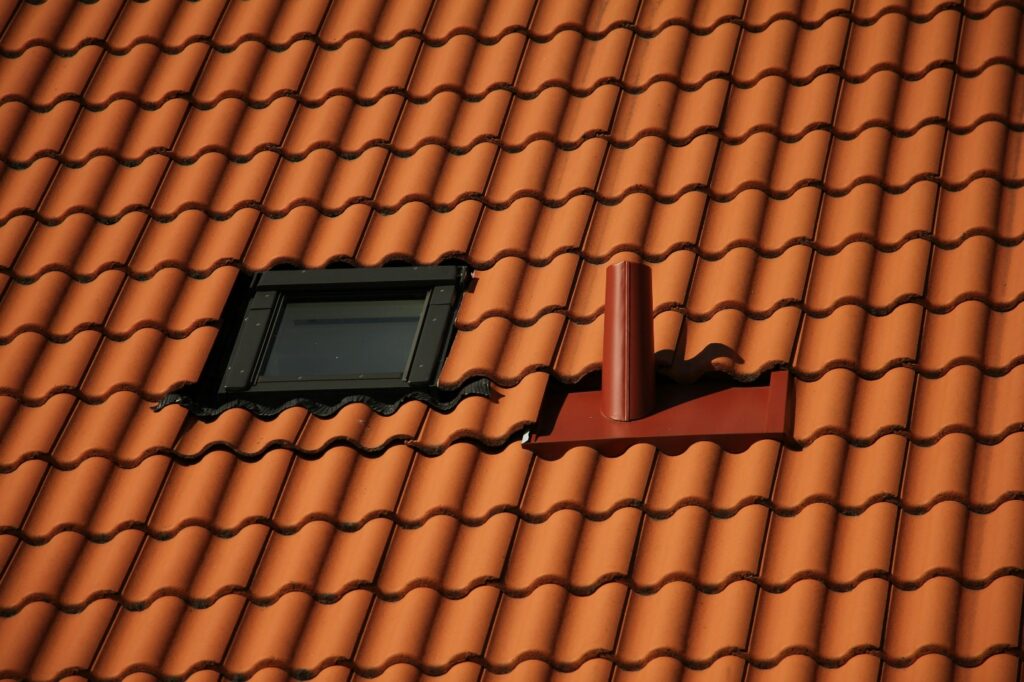When it comes to home energy efficiency, most homeowners think about insulation, windows, and HVAC systems. But one major factor often gets overlooked—roof color. The color of your roof plays a big role in how much heat your home absorbs or reflects, which directly impacts indoor temperatures and energy costs.
In Virginia, where summers can be hot and humid while winters bring chilly temperatures, choosing the right roof color can make a noticeable difference in comfort and energy efficiency. Let’s discuss what you need to know about roof colors and where to get roofing services in Virginia.
How Roof Color Affects Energy Efficiency
Roof color influences how much sunlight is absorbed or reflected. This is due to the albedo effect, which refers to a surface’s ability to reflect solar radiation. Lighter colors reflect more sunlight, while darker colors absorb more heat.
Light-colored roofs, such as white, beige, light gray, and pastel shades, reflect a significant amount of sunlight, keeping indoor temperatures cooler in the summer. Dark-colored roofs, such as black, dark brown, deep red, and dark gray, absorb more heat, which can help in winter but also make homes significantly hotter in summer.
Virginia’s mix of hot summers and cold winters creates a challenge for homeowners and roofers. A roof that keeps the house cool in the summer might not provide the warmth needed in winter, and vice versa. That’s why it’s important to find a balance that works for your specific needs.
The Best Roof Colors for Virginia’s Climate
Virginia’s weather can be unpredictable, but one thing remains constant: seasonal temperature shifts. This means homeowners should consider both summer cooling and winter warmth when choosing a roof color.
Lighter roof colors work well in the southern and coastal regions of Virginia, where summers are long and humid. These shades reflect the sun’s rays, preventing excessive heat from entering the home. Some of the best options include light gray, beige, white, and pale blue. These colors can lower indoor temperatures and reduce air conditioning costs, making them ideal for regions with extended hot seasons.
Darker roof colors are better suited for northern and mountainous parts of Virginia, where winters can be harsher. Darker shades absorb heat during the day and help maintain indoor warmth at night, reducing heating costs. Some of the best options include dark brown, deep gray, dark green, and black. These colors help homes retain heat, cutting down on heating expenses during the colder months. However, they can also lead to overheating in the summer, which means proper insulation and ventilation are key.
Energy-Efficient Roofing Materials

While color plays a big role in energy efficiency, the material of the roof also makes a difference. Homeowners looking for both style and function should consider materials that enhance energy efficiency.
Cool roofs are designed to reflect more sunlight and absorb less heat. Some roofing materials come with reflective coatings that reduce heat absorption, making them a great choice for Virginia’s fluctuating temperatures. Metal roofing with reflective coatings, cool asphalt shingles, and clay or slate tiles with reflective properties are all excellent options.
Asphalt shingles remain one of the most common choices for Virginia homes due to their affordability and versatility. Many roofing companies now offer energy-efficient asphalt shingles that reflect more sunlight, reducing heat buildup. Choosing Energy Star-rated shingles can further improve energy efficiency.
Metal roofing is another highly energy-efficient option. It naturally reflects sunlight and can be coated with heat-reflective finishes to enhance performance. This type of roofing is ideal for long-term energy savings and works well in both warm and cool climates.
Making the Right Choice for Your Home

Roof color is more than just an aesthetic decision—it impacts energy bills, home comfort, and long-term efficiency. In Virginia, where temperatures fluctuate throughout the year, finding a balance between heat absorption and reflection is key.
For those considering a new roof or an upgrade, it’s important to evaluate local climate conditions, energy costs, and personal comfort preferences. A light, cool-toned roof may be the best choice for hot summers, while a darker, heat-absorbing roof can provide warmth in colder months.
A professional roofing contractor can help assess your home’s specific needs and recommend the best roofing color and materials for maximum energy efficiency.
At Guardian Roofing Services, our expert roofers can help you find the best option to keep your home comfortable year-round. Whether you need advice, a new roof, or upgrades, our trusted team is ready to assist. Contact us today for expert roofing solutions.


